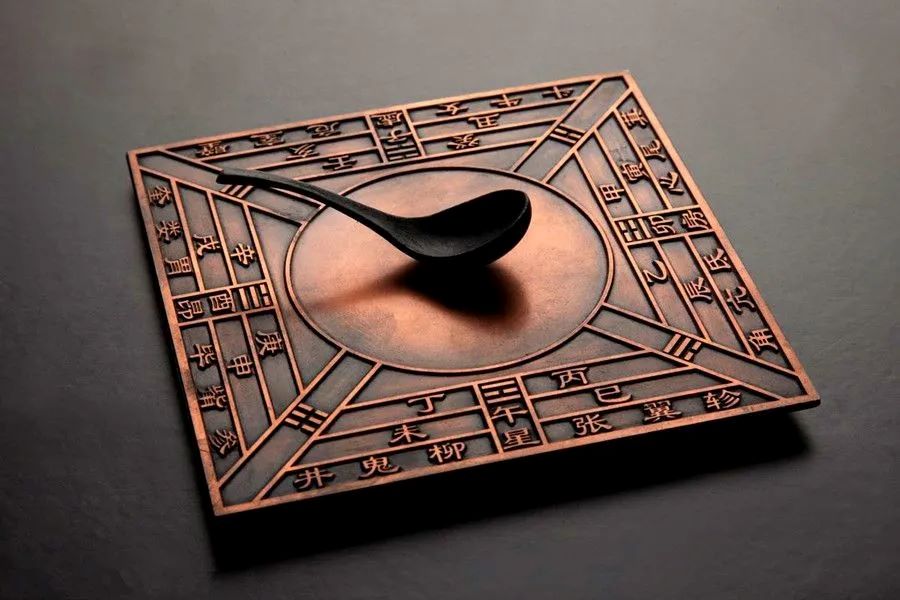How magnetism was discovered and when the first magnets were made
The phenomenon known as magnetism was very likely observed by our ancestors long before civilizations appeared. In ancient knowledge, the discovery of magnetism traces its roots to the enigmatic lodestone, a naturally magnetized variant of iron ore known as magnetite.
Modern magnets are usually made of ferromagnetic materials such as iron or nickel, which are heated before being subjecting it to a strong magnetic field. The magnetic field is then aligned in a uniform direction while the material used “freezes” in this alignment. This process is well described on the Dowling Magnets blog and in the Arnold Magnetic Technologies magazine.
More to read:
Scientists in Iceland will drill down for a magma chamber to extract its power
But long before magnets were manufactured in 1600 by William Gilbert, an English physician and philosopher, people tried to describe and explain the properties of lodestones in various ways.
Roman naturalist, author, philosopher and army commander Gaius Plinius Secundus, better known in history as Pliny the Elder was among the first to document the properties of lodestones, highlighting their magnetic affinity for iron in his book “Naturalis Historia” (Natural History) in 77-79 AD.
Pliny recounted a legend called "Magnes the shepherd," who, in the first century CE, stumbled upon lodestone as his shoes' nails and staff's ferrule adhered to its magnetic force during his pastoral pursuits.
However, before Pliny stepped forward with his observations about magnetism, it was Greek philosopher Thales of Miletus who described in 600 BC the attraction between iron and magnetite, contributing thus to the earliest understanding of magnetism across the Western world.
The word "magnet" itself has its origins in Middle English, borrowed from Latin "magnetum," referring to lodestone, and ultimately rooted in the Greek term "μαγνῆτις [λίθος]" (magnētis [lithos]), meaning "[stone] from Magnesia."
Suspended lodestones served as the earliest magnetic compasses, a vital tool for navigation that emerged around the 12th century in Europe.
Surviving descriptions of magnets and their properties also come from Persia, India, and China around 2500 years ago.
In the 11th century China, the revelation that quenching red-hot iron in Earth's magnetic field bestowed it with permanent magnetism marked a pivotal moment. This breakthrough paved the way for the navigational compass, detailed in the Dream Pool Essays of 1088, and magnetic compasses soon became indispensable in navigation across China, Europe, the Arabian Peninsula, and beyond.

One of the earliest Chiese compasses. Credit: ResearchGate
The journey of magnets continued to evolve with Daniel Bernoulli's invention of the horseshoe magnet in 1743, addressing the issue of self-demagnetization. This innovation prevented the loss of magnetic strength by redirecting the magnetic field lines to the opposite pole.
The 19th century brought forth groundbreaking discoveries, including Hans Christian Ørsted's observation in 1820 that a compass needle deflects in the presence of an electric current. André-Marie Ampère's demonstration that iron could be magnetized within an electrically fed solenoid spurred further developments. William Sturgeon's creation of the iron-cored electromagnet in 1824 marked a significant leap, paving the way for Joseph Henry's commercial electromagnet in 1830–1831, granting access to powerful magnetic fields for the first time.
The story of magnets unfolds as an intricate tapestry, woven across centuries and cultures. It is the source of a branch of physics called Electromagnetism, whose practical applications materialized in generators, motors, transformers, electric buzzers, headphones and loudspeakers, relays and valves, induction cookers and fans, particle accelerators, body scanners, magnetic locks, data storage devices like VCRs, tape recorders, hard discs, etc.
Today, electromagnetism is everywhere in our lives.

***
NewsCafe is a small, independent outlet that cares about big issues. Our sources of income amount to ads and donations from readers. You can support us via PayPal: office[at]rudeana.com or paypal.me/newscafeeu. We promise to reward this gesture with more captivating and important topics.







